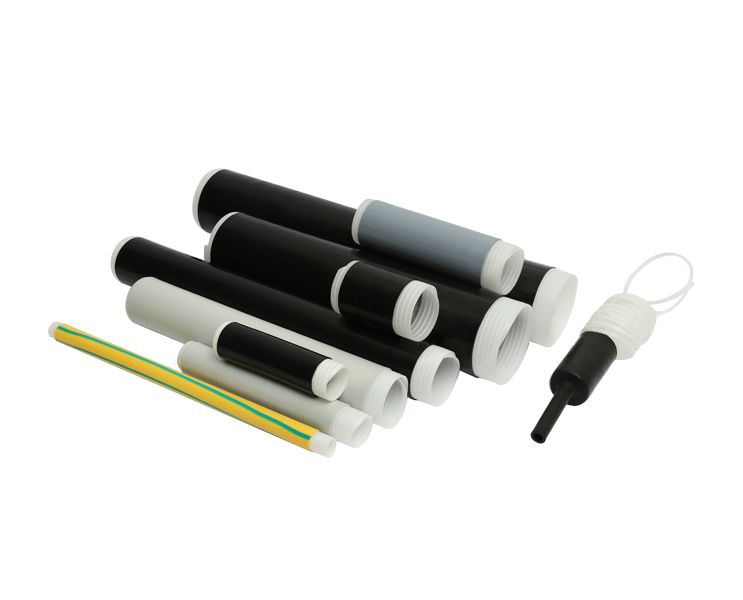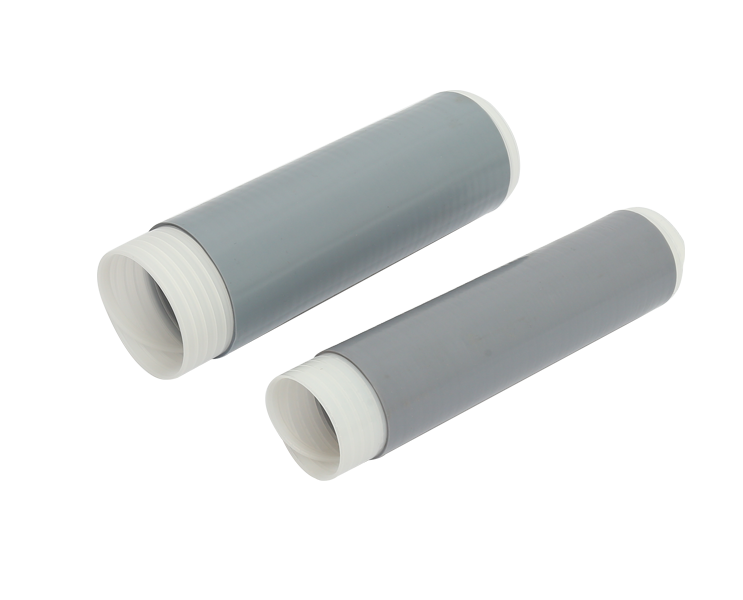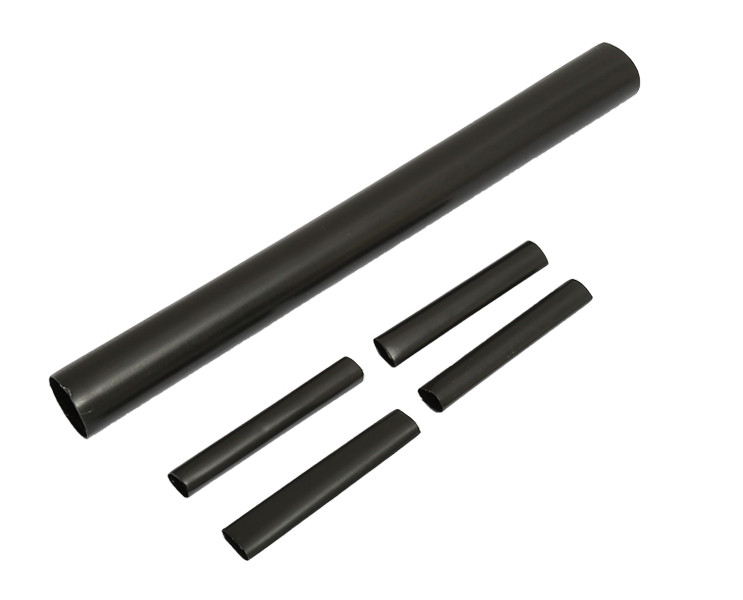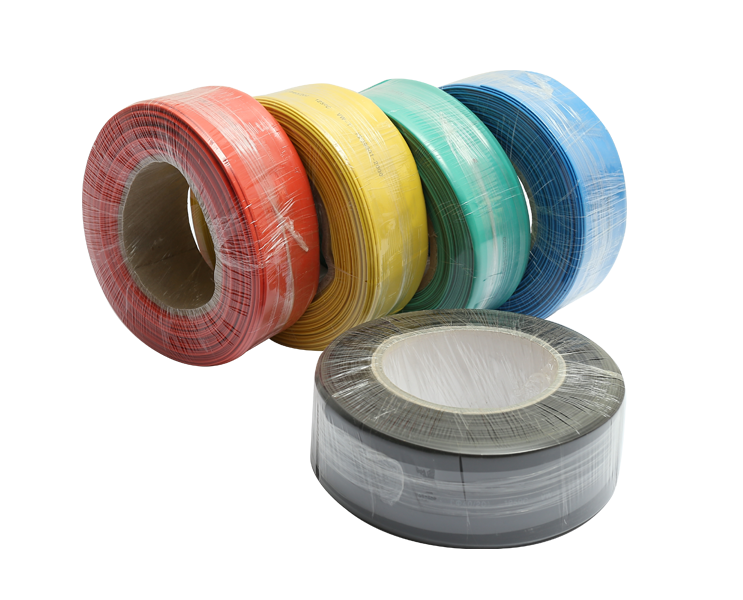Heat shrink sleeves are widely used in various industries for their ability to provide reliable protection, insulation, and secure connections. Made from a variety of materials, heat shrink sleeves are designed to shrink in size when exposed to heat, allowing them to conform tightly to the object they are covering.
A heat shrink sleeve is a plastic tube that shrinks when exposed to heat, creating a tight fit around the object it covers. These sleeves are typically made from materials such as polyolefin, PVC, or fluoropolymer, each of which offers specific advantages depending on the application.
Heat shrink sleeves come in a variety of sizes and shapes to suit different applications. They are often used to cover cables, wires, and other components to protect them from physical damage, moisture, dust, and chemicals.
One of the more common uses for heat shrink sleeves is in electrical insulation. They are often used to protect electrical wiring and connections by providing a secure, insulating layer. When heat is applied, the sleeve shrinks around the wire or cable, ensuring that it remains tightly sealed and protected from environmental factors. This application is particularly important in industries like telecommunications, automotive, and electronics, where reliable insulation is crucial to safety and performance.
Heat shrink sleeves are also used to label and identify cables and wires. The ability to print or color-code heat shrink sleeves makes them an effective tool for organizing and distinguishing different cables in a complex system. This can be particularly useful in large electrical installations, where multiple wires may be bundled together, and clear identification is needed for troubleshooting or maintenance purposes.
Heat shrink sleeves offer a strong, durable layer of protection that helps prevent physical damage to cables, wires, and other components. They can protect against abrasions, cuts, and impacts, ensuring that the underlying materials remain intact and functioning properly. This makes them useful in industries such as construction, automotive, and manufacturing, where equipment is subject to rough conditions.
Moisture and Chemical Resistance Heat shrink sleeves can provide an effective barrier against moisture, dust, and chemicals, making them an ideal choice for environments where exposure to harsh conditions is common.
In addition to their protective and insulating applications, heat shrink sleeves are also used in the packaging industry. They are commonly used to wrap products, providing a tamper-evident seal that ensures the product’s integrity. Heat shrink sleeves are also used for branding purposes, as they can be printed with logos and product information, providing a cost-effective and efficient way to package and promote products.
Heat shrink sleeves are known for their durability and long-lasting performance. Once shrunk around a surface, they create a strong, secure bond that resists wear, tear, and environmental damage. This makes them a reliable option for protecting sensitive components and ensuring their continued functionality.
Using heat shrink sleeves is straightforward and requires minimal equipment. Applying heat with a heat gun or oven allows the sleeve to shrink quickly and evenly, providing a secure fit without the need for adhesives or fasteners. This ease of use makes heat shrink sleeves a convenient solution for both industrial and DIY applications.
Heat shrink sleeves are a versatile and reliable solution for a wide range of applications. From electrical insulation and cable identification to moisture protection and product packaging, they offer a practical, cost-effective way to ensure the safety, durability, and efficiency of various components.

 English
English 简体中文
简体中文



